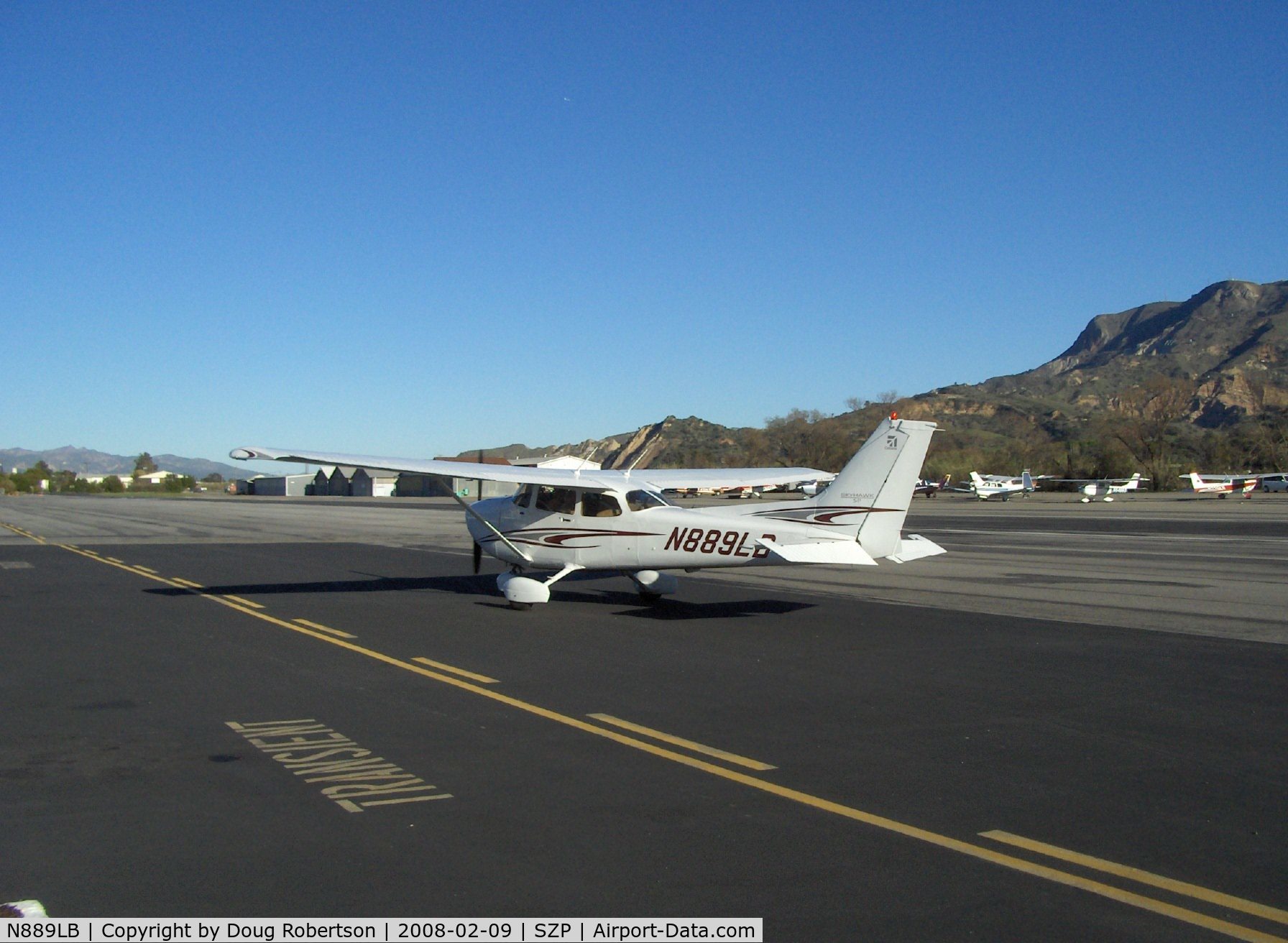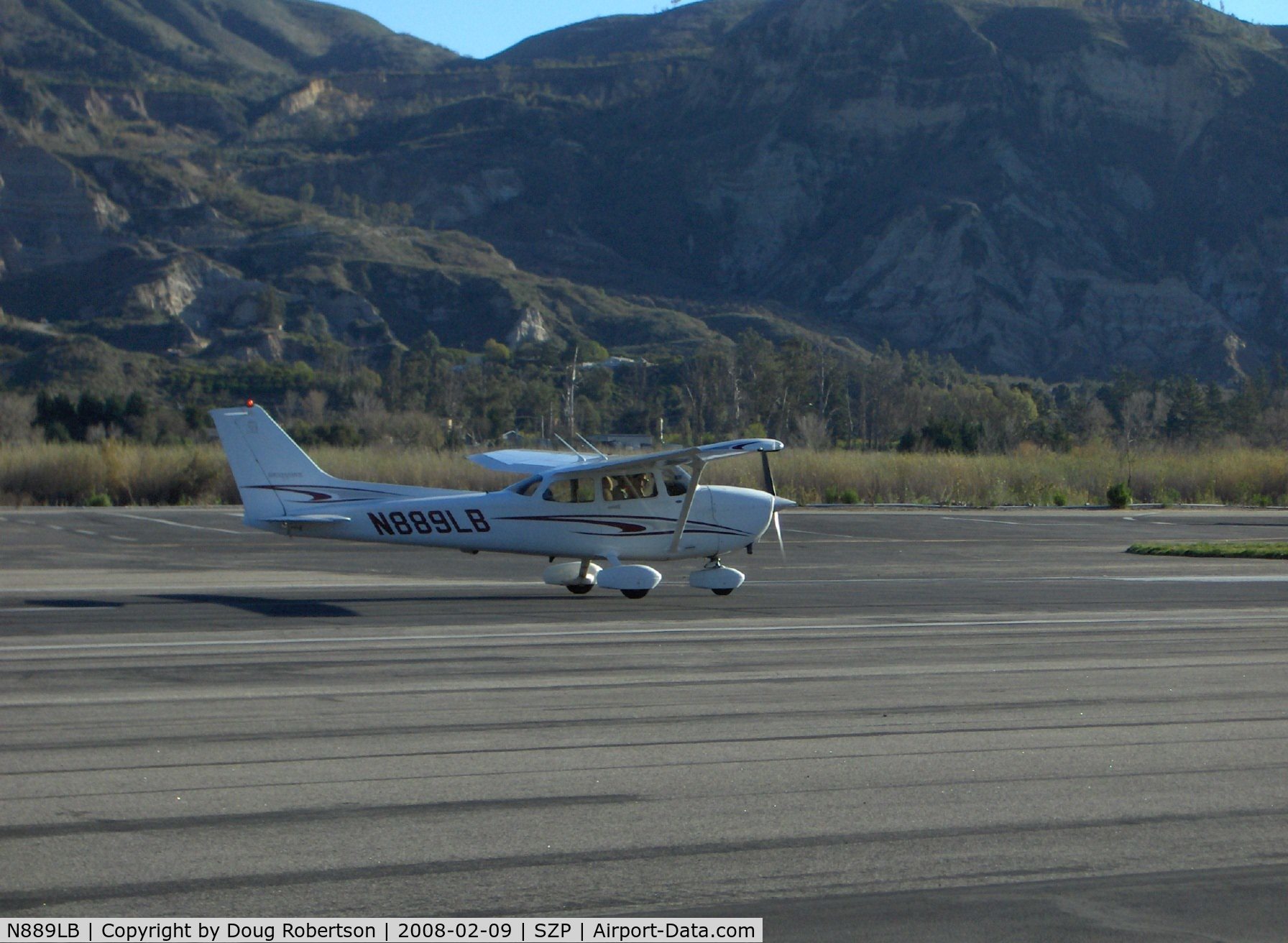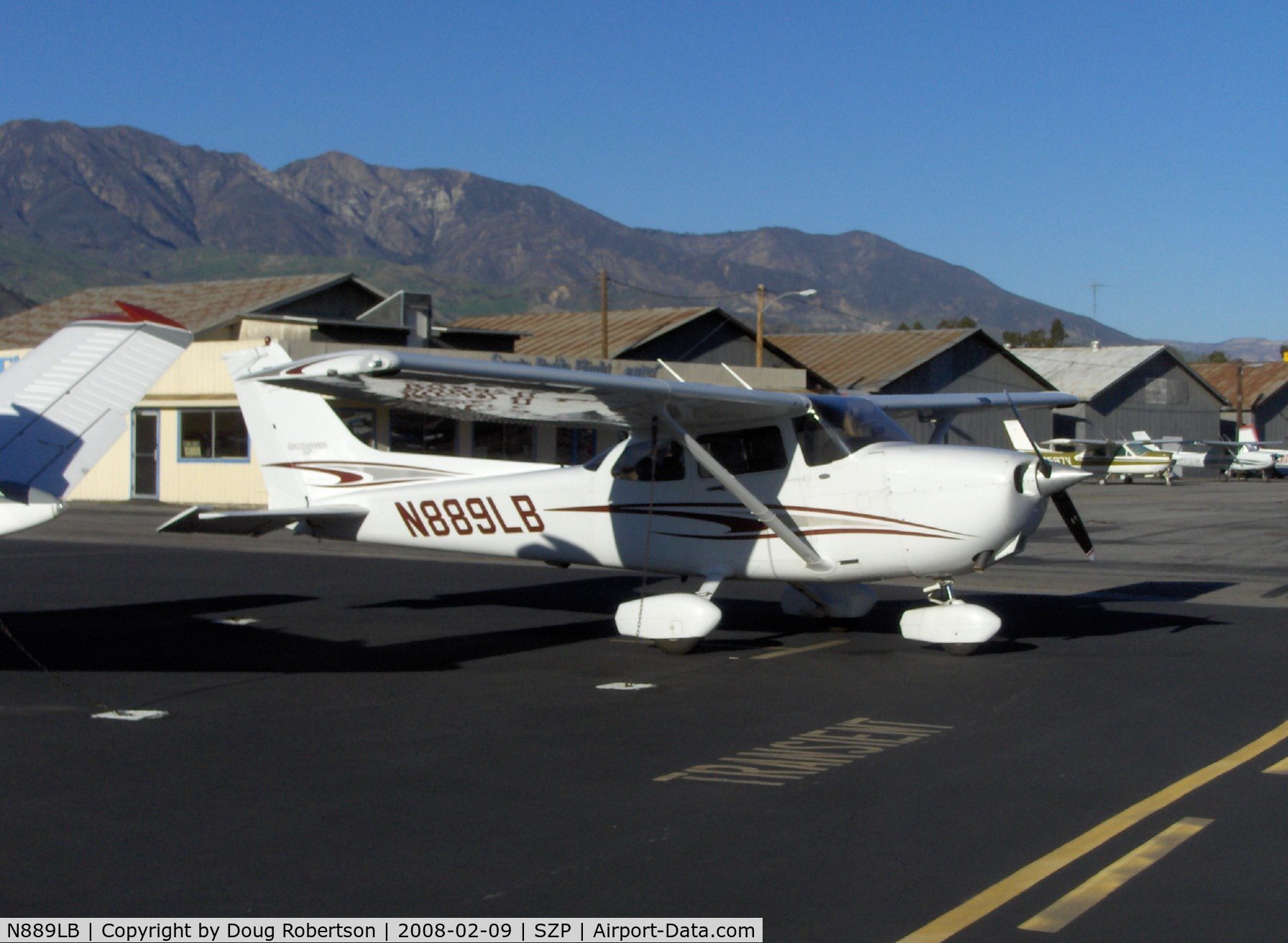 Air work, which entails slow flight, stalls, climbs, descents, and steep turns is the one thing all pilots have in common. Pilots have had to learn and use air work techniques to successfully and safely fly airplanes. Students learn proper techniques and will have to demonstrate those skills to earn their pilot certificate. The flight review (FAR 61.56) requires a proper air work demonstration. This is the most fundamental skill you as a pilot will ever learn.
Air work, which entails slow flight, stalls, climbs, descents, and steep turns is the one thing all pilots have in common. Pilots have had to learn and use air work techniques to successfully and safely fly airplanes. Students learn proper techniques and will have to demonstrate those skills to earn their pilot certificate. The flight review (FAR 61.56) requires a proper air work demonstration. This is the most fundamental skill you as a pilot will ever learn.
Don't hit anything!
Before anything!!! A pilots FIRST obligation is to NOT HIT ANYTHING. This means other traffic, terrain, and obstacles. Terrain is important when your in mountainous areas, even if your flying well above 3,000 feet AGL. This will require you to pay attention, make smart decisions, and to have situational awareness. Make sure to keep a constant scan of the practice area. Even if your over flatter area, terrain is still of concern. If your flying is done at 3,000 feet AGL, terrain avoidance is enhanced.
Terrain avoidance needs to of utmost priority during every aspect of flight, especially during practice flights when the flight instructor and student might be focused too much on the instruments inside the aircraft instead of on the traffic outside. During portions of training, the flight instructor needs to show the student how to perform a maneuver, so at points both of the occupants, are focused inside the aircraft, which is a scary concept.
I have never experienced a near-miss but everyone who i have read who has, will never forget it they said. The instructor must teach proper scan techniques and ingrain constant awareness in the students brain. Performing clearing turns before every maneuver, divide attention between the instruments, horizon, and potential traffic, terrain, or obstacles. This benefits both piloting techniques, and safety, as both the flight instructor and student will remain vigilant, as the student learns to integrate the visual piloting information while avoiding the trap of fixation on either. A clearing turn should initially be a full 360 degrees (any medium bank will do) while the student and instructor scan from ground to heaven. If you have passengers, brief them before the flight about looking for traffic. After the first maneuver you can switch to 90- to 180-degree turns. After you have done several maneuvers, another 360-degree turn is advised. If you are in a busy area or flying during a busy time of day or year (in the local practice area on a Sunday afternoon during the summer), full clearing turns will be required more often. Obviously if you see an aircraft in your immediate vicinity, keeping track of it takes priority over performing steep turns and stalls. Don't let aircraft in your vicinity become “lost.” If they get too close and you lose track of them, you have to find them again before it is safe to get back to work. You should also utilize radar flight following when it's available, even during training flights.
The fundamentals
The maneuvers outlined here are described for a typically equipped Cessna 172, the most common general aviation training aircraft. Other types of training aircraft may require slightly different procedures (the green arc on the rpm gauge, use of carburetor heat and mixture, flaps, etc., differ from aircraft to aircraft, for example). In all flight training situations, however, certificated flight instructors, utilizing the pilot's operating handbook (POH) for the aircraft, safely teach the required maneuvers. Some procedures are universal such as the requirement to decrease the angle of attack after a stall, seeing and avoiding other traffic, and keeping the rudder coordinated (ball centered) during these maneuvers.
Strip away the airplane's size, type, and mission; get behind the controls; and they all do pretty much the same thing: climb, descend, turn, and fly straight and level. Every maneuver an airplane flies is either one of these or a combination of two or more of them.
Starting with the takeoff, pilots begin the first fundamental maneuver of flight: climbing. When climbing, the pilot has several options regarding the speed, rate, and pitch attitude at which the airplane ascends. Most pilots prefer a climb at a pitch attitude that affords safe forward vision. Simply put, while climbing at full power, don't pitch the nose up so far that your forward vision is hindered. This allows terrain and traffic awareness while ascending. Pilots may also need to climb at the airplane's best rate of climb (VY) or best angle of climb (VX). VY provides for the greatest vertical climb in the least amount of time (best for en-route climbs to higher altitudes), while VX affords the most vertical ascent over the least horizontal distance (best for climbs when terrain must be cleared). In any climb situation, particularly sustained climbs, the pilots should frequently dip the nose to check for traffic and terrain in the blind spot in front of and below the aircraft.
When practicing climbs from level flight, during flight training, or proficiency demonstrations, pilots should began, as in all air work exercises, by flying clearing turns for traffic/terrain awareness.
Steep turns
Steep turns are generally flown at 45-degree bank angles, in both directions, and to a specific heading. Your goal should be to roll out within 10 degrees of a predetermined heading and to maintain your altitude within 100 feet. When making steep turns slowly roll into the turn, and as you pass through 30 degrees of bank, begin to smoothly increase back elevator pressure to maintain your altitude. As the turn continues, increased elevator back pressure will be needed in order to maintain your altitude.
You must divide your attention between your flight instruments and the outside horizon to both maintain altitude and assure traffic and terrain clearance. Your primary instruments are altimeter, followed by your attitude indicator, airspeed indicator, and heading indicator. When you begin to roll out of the turn to your predetermined heading, lead the rollout by one-half the number of degrees of your bank angle. For example, in a 30-degree bank turn, begin to level the wings 15 degrees before you reach your desired heading (check the heading indicator). In a 45-degree turn lead the rollout to heading by 22 degrees. You will also have to lower the nose, as the back pressure required to maintain level flight during your turn will cause the airplane to climb once the turn has been completed.
Slow flight (minimum controllable airspeed)
Flying the airplane at airspeeds below VFE (maximum flap extension speed — top of the airspeed indicator's white arc), right down to stalling speeds (bottom of the airspeed indicator's white and green arcs), must be mastered in order to be fully in command, no matter what airspeed the situation mandates.
The slower the aircraft flies, however, the more difficult it is to control. As the airplane's airspeed is reduced, the pilot must maintain a balancing act between pitch, power, aileron, and rudder inputs, instrument interpretation, flap management, and maintaining a proper outside scan.
As the aircraft slows, it requires a higher pitch attitude to maintain altitude; the higher pitch attitude, in turn, will require right rudder inputs to stop the airplane from turning left of the required heading.
Minimum controllable airspeed is flying the airplane (fully within your control) on the verge of stalling. As with all air work proficiency practice, try to maintain airspeed within 10 knots, altitude within 100 feet, and heading within 10 degrees.
Stalls: full and imminent
The FAA requires training in full and imminent stall technique in both the landing and departure configurations. Rule number one in stall training is to keep the rudder pedals coordinated (ball in the center of the inclinometer) to avoid putting the aircraft into a spin. This is important in all stall training, but particularly during departure stalls because of the high engine power and torque and the very high pitch attitude, which requires greater-than-normal right rudder input. Anytime an imminent stall recovery is required, the pilot should begin the stall recovery at the first sign of stalling and avoid continuing the maneuver into a full stall. Employ the following guidelines when practicing stalls.
Always keep the rudder coordinated (step on ball). Recover from an imminent stall at the first sign of a stall.
As with all aviation endeavors there are several variables — among them, proper technique for the specific aircraft type, atmospheric conditions, and configuration (slow flight and stalls can be flown with and without flaps and turns, for example.
There are, however, several constants in aviation, such as the fact that stalling occurs when the airfoil's angle of attack exceeds its ability to produce lift, or the fact that the steeper the angle of bank the greater the increase in stall speed, as well as the decrease in lift. After the aircraft stalls the pilot must try to minimize altitude loss while maximizing airspeed, and by extension, aircraft control. Also, always remember to recover with throttle and rudder, as the airplane will rapidly turn left if the pilot quickly increases the throttle without appropriate rudder inputs.
Air work is at the heart of flying, a universal measure of piloting skills, and the fundamental element of piloting which will be required from the commencement of flight training in a Cessna 152 all the way through earning captain qualifications in a Boeing 777.
Climbs
- Clearing turns: Perform to ensure traffic and terrain are not factors.
- Mixture: Full rich (below 5,000 feet mean sea level), lean for best performance as aircraft ascends.
- Throttle: Full power (with coordinated right rudder).
- Pitch: For desired airspeed and/or rate of climb.
- Trim: To relieve elevator input.
(P, P, T, M—Pitch, Power, Trim, Mixture)
- Pitch: Lead level-off by 10 percent of the vertical velocity (e.g. 500 foot-per-minute rate of climb on the vertical speed indicator, begin leveling off 50 feet before your desired altitude). Hold altitude with pitch as the airspeed builds from climb speed to cruise speed (above the airspeed indicator's white arc).
- Power: Reduce for cruise flight — above the airspeed indicator's white arc and within the rpm green arc.
- Trim: For cruise flight.
- Mixture: Lean for maximum fuel efficiency and performance (rpm drop or peak exhaust gas temperature plus 50 degrees).
Descents
When descending from level flight, you could simply lower the nose, but that results in excessive airspeed and propeller rpm. It is better to reduce power and pitch the aircraft's nose down (and trim if needed). For the desired airspeed and/or rate of decent, following these steps:
- Clearing turns: Perform to ensure traffic and terrain are not factors.
- Power: Reduce (if below rpm green arc — carb heat on).
- Pitch: For desired airspeed and/or rate of decent.
- Trim: For steady descent.
Transition to level flight (P, P, M, T—Pitch, Power, Trim, Mixture)
- Pitch: Level simultaneously with adding power.
- Power: Increase back to cruise setting. Lead pitch up by 10 percent of the vertical velocity (e.g. 1,000 feet per minute rate of descent on the vertical speed indicator, lead level-off by 100 feet above your target altitude).
- Trim: For level cruise flight.
- Mixture: Lean for maximum fuel efficiency and performance (rpm drop or peak exhaust gas temperature plus 50 degrees).
Steep turns
- Perform clearing turns to assure traffic and terrain are not factors.
- Set power at 2,100 to 2,300 rpm.
- Left turn — slowly bank to 45 degrees with coordinated rudder (step on the ball).
- Right turn — lead turn with right rudder then slowly bank to 45 degrees and coordinate rudder.
- Spot bug on windshield and keep ball on attitude indicator just above white line.
- Use pitch to maintain altitude as turn continues.
- Lead rollout to heading by half the degree of the bank (e.g. 30-degree bank lead rollout 15 degrees); in a 45-degree bank lead rollout by 22 degrees (20 degrees works fine).
- Pitch down for level flight.
- Adjust throttle as needed.
Slow flight
- Perform clearing turns to assure terrain and traffic are not factors.
- Throttle: Slowly reduce.
- Carburetor (carb) heat: On below green rpm arc.
- Pitch: Slowly increase to maintain altitude.
- Flaps: Slowly lower when in the airspeed indicator's white arc to maintain a lower pitch attitude.
- Rudder: Maintain coordination (ball in the center)—right as nose pitches up.
- Ailerons: Maintain heading.
- Throttle: Maintains altitude (not pitch anymore).
- Elevator: Maintains airspeed.
Recovery
- Full throttle and coordinated right rudder, pitch to maintain altitude.
- Carb heat: Off.
- Flaps: Retract 10 degrees at a time.
- Altitude: Maintain with pitch.
- Airspeed: Cruise (above the airspeed indicator's white arc).
- Power: Set for cruise.
- Trim: Set for cruise.
Minimum controllable airspeed
- Perform clearing turns.
- Carb heat: On below green rpm arc.
- Throttle: Slowly reduce.
- Altitude: Maintain with pitch.
- Airspeed: Reduce to white arc.
- Flaps: Slowly lower to full.
- Airspeed: Pitch to bottom of airspeed indicator white arc.
- Hold airplane just above stall (at stall warning).
Recovery
- Full throttle and coordinated right rudder, pitch to maintain altitude.
- Carb heat: Off.
- Flaps: Retract 10 degrees at a time.
- Altitude: Maintain with pitch.
- Airspeed: Set for cruise.
- Trim: Set for cruise.
Departure (power-on) stall
- Perform clearing turns.
- Throttle: Reduce slowly.
- Carb heat: On.
- Slowly pitch the aircraft's nose up to rotation speed.
- Ease in carb heat and throttle to full.
- Increase pitch, with coordinated rudder, to stall.
Recovery
- Pitch: Decrease.
- Rudder: Maintain directional control.
- Pitch: To cruise.
- Trim: Set for cruise.
Approach to landing (power-off) stall
- Perform clearing turns.
- Throttle: Reduce slowly.
- Carb heat: On.
- Altitude: Maintain with pitch.
- Airspeed: Pitch to white arc.
- Flaps and bank: As desired (these are optional configurations).
- Pitch: Increase until stall occurs.
Recovery
- Pitch: Decrease.
- Throttle: Full (with appropriate amount of right rudder).
- Carb heat: Off.
- Airspeed: VX initially, then to cruise.
- Flaps: Retract in 10-degree increments.
- Pitch: Level off.
- Power: Level flight.
- Trim: Level flight.
Accelerated stall
- Perform clearing turns.
- Carb heat: On.
- Throttle: 1,500 rpm.
- Altitude: Maintain with pitch.
- Airspeed: Below VA (maneuvering speed).
- Throttle: 2,000 rpm.
- Carb heat: Off.
- Pitch: Increase to normal climb.
- Bank: 45 degrees until stall.
Recovery
- Pitch: Decrease.
- Bank: Wings level.
- Throttle: Full power.
- Airspeed: VX.
- Pitch: Increase to VX.
- Vertical speed indicator: Positive rate of climb.
- Pitch: Level off.
- Trim: level flight.
 Air work, which entails slow flight, stalls, climbs, descents, and steep turns is the one thing all pilots have in common. Pilots have had to learn and use air work techniques to successfully and safely fly airplanes. Students learn proper techniques and will have to demonstrate those skills to earn their pilot certificate. The flight review (FAR 61.56) requires a proper air work demonstration. This is the most fundamental skill you as a pilot will ever learn.
Air work, which entails slow flight, stalls, climbs, descents, and steep turns is the one thing all pilots have in common. Pilots have had to learn and use air work techniques to successfully and safely fly airplanes. Students learn proper techniques and will have to demonstrate those skills to earn their pilot certificate. The flight review (FAR 61.56) requires a proper air work demonstration. This is the most fundamental skill you as a pilot will ever learn.

























